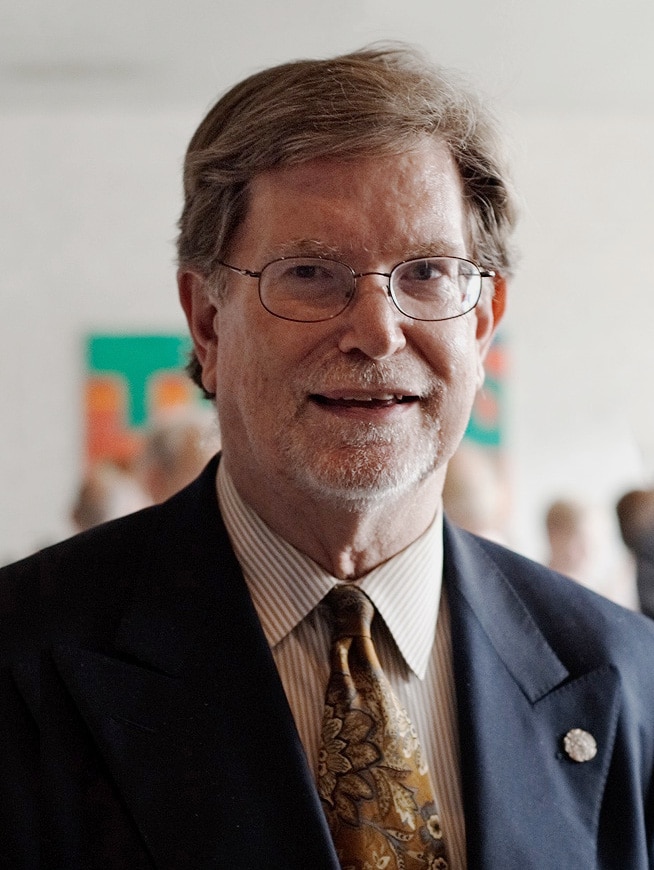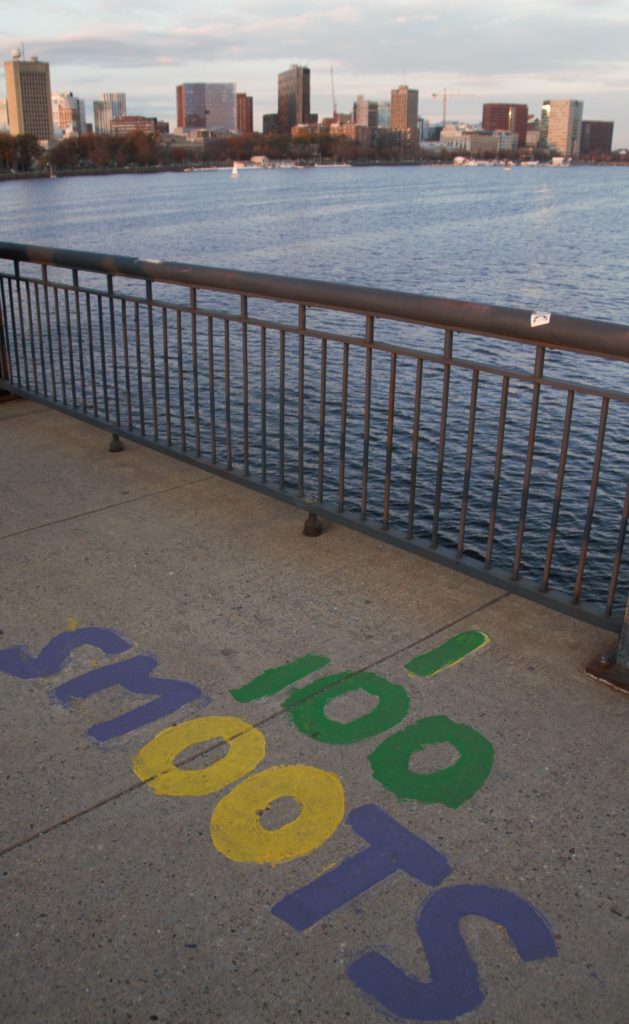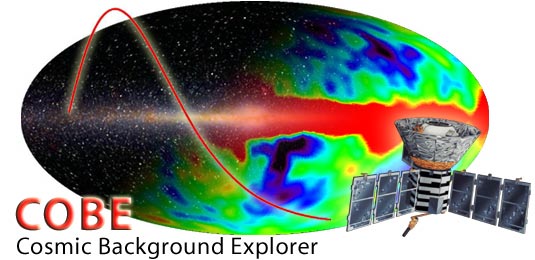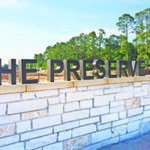This is the 19th in a series of articles that celebrate the lives of the Nobel Prize laureates whose names grace the 130+ streets of Laureate Park. These laureates are extraordinary individuals who through their lifetime achievements have made our daily lives immeasurably richer, often in ways not readily evident. The author wishes to thank University of Central Florida physics professor Costas Efthimiou for his invaluable help in drafting this article.
As a five-year-old, I mixed up Boston and Washington, D.C. Both cities had green trolleys that plied their busy streets, so who wouldn’t be confused? In 1957, to prepare for my father’s new job at the U.S. Post Office Headquarters in Washington, our family enjoyed a weeklong vacation in the nation’s capital, a wonderful adventure for a child. At the last moment, the job shifted to Boston. As new Bay Staters, we would make occasional Sunday drives to downtown Boston, where I would view those green trolleys and wonder if we were back in Washington. But one day, as we crossed the Charles River, I peered out of the back window of our three-toned (pink, purple, and black) 1956 Dodge and noticed that the sidewalks were marked like a ruler, counting out lengths of the bridge in something called “smoots.” In all, the bridge measured 364.4 smoots and one ear. I had seen nothing like this in Washington.

In October 1958, a freshman named Oliver Smoot pledged to MIT’s Lambda Chi Alpha fraternity. The initiation challenge assigned to the clutch of new pledges was to calculate the length of nearby Harvard Bridge using one of their number as a measuring stick. At 5’7” and relatively light in weight, Oliver was chosen for this role. Off went the team to attack their assignment. At first, Oliver lay down repeatedly on the pavement as his colleagues took measurements. But about halfway across the bridge, even Oliver’s 18-year-old physique gave way, and for the latter leg of the crossing, his colleagues lifted and lowered him to record each smoot. Having unintentionally produced a standard gauge of lasting value (you can compute distances on Google Earth in smoots), Oliver went on to serve as chairman of the American National Standards Institute and president of the International Organization for Standardization, though he claims that his dalliance with alternative measurements in college had no influence on the choice of this career path. (We are doubtful, but no matter.) While Oliver helped to compute the length of a Boston bridge, his cousin, George Smoot, made measurements at a dramatically larger scale. Measurements the size of the entire universe, in fact.
Seventy-five years ago, George Smoot entered this world in the oddly-named community of Yukon, Florida, now melted away to a ghost town. Like his cousin, Smoot studied at MIT, where he gained a B.A. in physics and mathematics and a Ph.D. in particle physics. In the late 1960s, as Smoot cast about for a challenging scientific career, the field of cosmology caught his eye. To pursue a newfound passion to understand the early universe, Smoot traveled west in 1970 to take up positions at the University of California, Berkeley and Lawrence Berkeley National Laboratory, institutions where he has worked ever since.
Many understandably assume that since the days of Galileo and Copernicus, religion has waged a bitter struggle with science regarding such issues as the creation of the universe. Yet it was a Belgian priest, Georges-Henri Lemaître, who in the late 1920s first proposed the concept of what has come to be called the Big Bang. This now widely-accepted theory posits that the universe started from a tiny point that exploded for, as yet, unknown reasons. Very soon after the explosion, the universe was unimaginably hot and dense. As the universe expanded, it grew less hot and less dense – but still dense enough so that light bounced around from particle to particle in a perpetual dance that would not allow elementary particles to join with one another. This state of affairs continued for roughly 350,000 years. At that point, the dense fog that had constituted the universe had cooled and diluted sufficiently, permitting protons and electrons to join, form hydrogen and helium atoms, and allow light to start traveling freely – forever. This light, which has now traveled nearly 14 billion years, is the cosmic background radiation.

In 1964, two Bell Labs engineers, Arno Penzias and Robert Wilson, discovered the cosmic background radiation quite by accident when, for other purposes, they bounced radio transmissions off one of the first satellites, the Echo II. Their data, however, were identical for all directions and showed no evidence of anisotropy that physicists consider of critical importance for the formation of galaxies. (A new vocabulary word for most of us, anisotropy – pronounced an-eye-SO-tro-pee – in cosmology refers to the “wrinkles” or imperfections in what otherwise should be a perfectly smooth, unremarkable early universe.) This anisotropy is revealed through minute fluctuations in the temperature of the cosmic background radiation. These fluctuations or imperfections in spacetime would eventually develop into galaxies, which in turn were to give birth to the stars and planets throughout the universe, including our own.
Seeking evidence of these fluctuations became a decades-long quest for George Smoot. In this hunt for evidence of anisotropy, Smoot and his colleagues used exceptionally delicate instrumentation mounted first on research balloons, then on U-2 planes, and later on a satellite named COBE (for Cosmic Background Explorer) carried into orbit by NASA’s Space Shuttle. Smoot’s work led to his announcement in 1992 that he and his team had found irrefutable evidence of temperature fluctuations in the cosmic background radiation and actually produced a map of the early universe. For this discovery, Smoot was awarded the Nobel Prize in physics in 2006, together with his colleague John Mather. In a highly-readable and engaging book entitled Wrinkles in Time, Smoot describes his adventures in locations such as the jungles of Brazil or the frozen wastes of the South Pole as he pursued his research into the early universe.
George Smoot is likely unaware that a street in Laureate Park celebrates his unparalleled achievements in cosmology. Similarly, the residents of our neighborhood probably do not know that we live among the world’s largest collection of streets named after Nobel laureates. In second place in this category is the Lawrence Berkeley National Laboratory, whose 11 streets honor Nobel Prize winners, mainly for physics. And on the Berkeley campus, unlike in our neighborhood, each living laureate so honored enjoys a free parking space.
If George Smoot ever visits Lake Nona, he might be disappointed to discover that Smoot Avenue is a mere 24 smoots in length, give or take an arm or an ear. Hardly the grandeur of a Champs Élysées or a Via Veneto. Plus, Smoot would find nary a free parking space reserved for him anywhere in town. Clearly, we cannot satisfy all the aspirations of our living laureates, even those of a laureate whose mapping of the early universe Stephen Hawking called “the greatest discovery of the century — if not of all time.” Even more important, believe it or not, than inventing the smoot.



